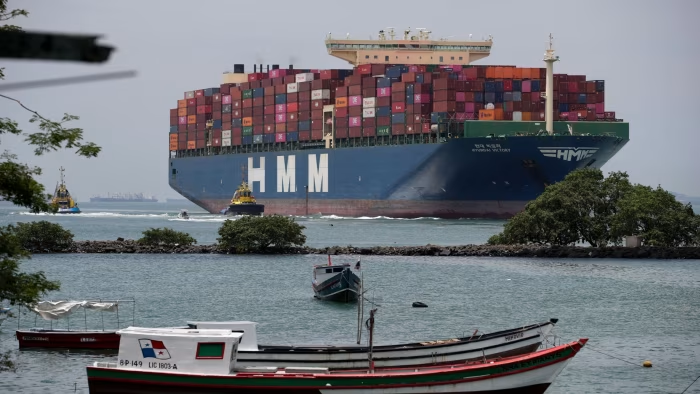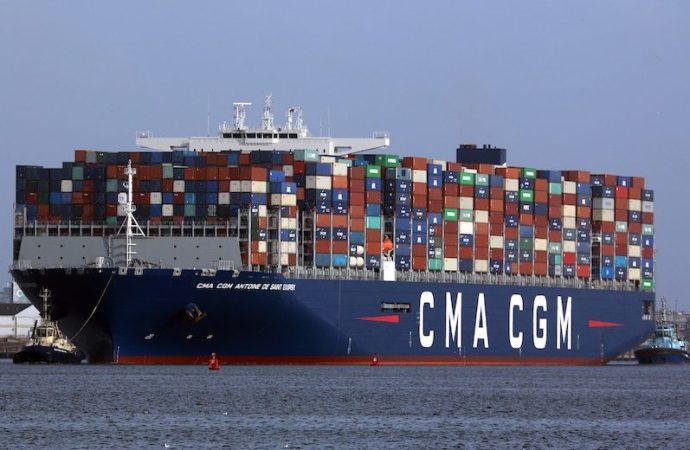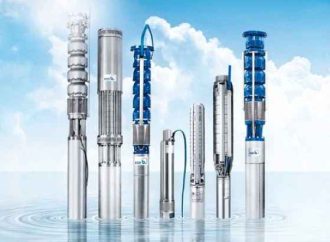Introduction: The Panama Canal, a vital waterway for global trade, is facing the effects of worsening drought conditions. As a result, operators of the canal are being compelled to reduce the number of ship crossings. In this article, we will delve into the impact of the drought on the canal’s operations, analyze the reasons behind
Introduction:
The Panama Canal, a vital waterway for global trade, is facing the effects of worsening drought conditions. As a result, operators of the canal are being compelled to reduce the number of ship crossings. In this article, we will delve into the impact of the drought on the canal’s operations, analyze the reasons behind the reduction in ship crossings, and discuss the potential implications for global trade.
Impact of Drought on Canal Operations:
The drought conditions have led to a significant decrease in water levels in the reservoirs that supply the Panama Canal. This reduction in water availability poses challenges for the canal’s operations, as it relies on sufficient water levels to ensure safe passage for ships. The lower water levels limit the canal’s capacity to accommodate large vessels, leading to the need for reduced ship crossings.
Reasons for Reducing Ship Crossings:
The decision to reduce ship crossings is primarily driven by the need to conserve water resources and maintain the canal’s operational integrity. By reducing the number of ship crossings, operators can better manage the available water supply and ensure the continued functionality of the canal. This proactive measure aims to prevent potential disruptions and maintain the canal’s efficiency.
Potential Implications for Global Trade:
The reduction in ship crossings at the Panama Canal can have significant implications for global trade. The canal serves as a crucial link between the Atlantic and Pacific Oceans, facilitating the transportation of goods between regions. With fewer ships able to pass through the canal, there may be delays in the delivery of goods, increased shipping costs, and potential disruptions to supply chains. This situation could impact various industries, including manufacturing, agriculture, and energy.

Image by: https://www .ft.com
Mitigation Measures and Future Outlook:
To mitigate the impact of the drought, canal operators are implementing measures such as adjusting transit schedules, optimizing water usage, and exploring alternative water sources. Additionally, efforts are underway to improve water management practices and invest in infrastructure upgrades to enhance the canal’s resilience to future drought conditions. These measures aim to ensure the long-term sustainability and reliability of the Panama Canal.
Conclusion:
The worsening drought conditions have necessitated a reduction in ship crossings at the Panama Canal. This decision reflects the need to conserve water resources and maintain the canal’s operational integrity. However, the reduction in ship crossings can have implications for global trade, potentially leading to delays and disruptions in supply chains. By implementing mitigation measures and investing in infrastructure upgrades, canal operators aim to address the challenges posed by the drought and ensure the long-term sustainability of this vital trade route.
Visual Table:
| Key Points | Implications |
|---|---|
| Drought Impact on Panama Canal | Significance of Worsening Drought Conditions |
| Challenges Faced by Canal Operators | Constraints Posed by Declining Water Levels |
| Measures to Reduce Ship Crossings | Operational Adjustments to Address Drought Challenges |
| Global Shipping Patterns and Trade Flows | Influence on International Trade and Commerce |
| Economic Consequences and Supply Chains | Effects on Trade, Commerce, and Supply Chains |
| Environmental Concerns and Ecological Impact | Ecological Implications of the Drought on the Canal |
| Long-Term Solutions and Mitigation | Initiatives to Counter the Impact of the Drought |
Organic Keyword Usage:
- Panama Canal, drought conditions, ship crossings, global shipping routes, economic implications, environmental impact, mitigation efforts.





















Leave a Comment
Your email address will not be published. Required fields are marked with *